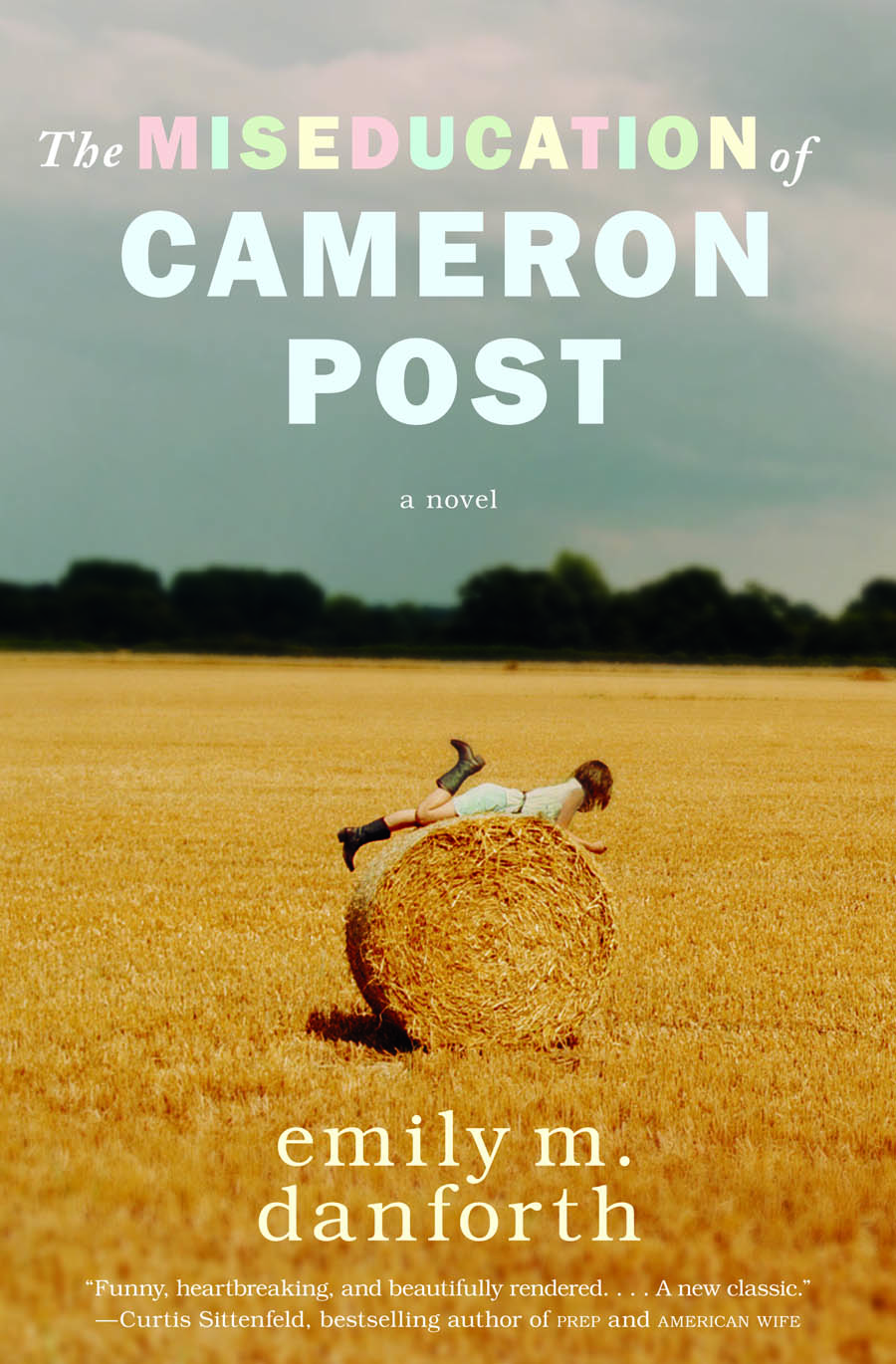

The World Unseen is set in South Africa in the 1950’s and relates the story of two women – Miriam and Amina – and the way their lives impact each others.
Let me start this review by saying that I love this book. After a lot of trouble to get it from my library I read it in two days, unable to put it down unless I really had to.
What I love most about the novel is that Shamim Sarif takes the time to explore the two main characters but also their family and surroundings. The story is divided into three main sections and we can feel those separations quite well when reading the novel. However it is a smooth and logical process. Every part is introduced and possible only from the actions and developments of the previous sections.
Through the pages we are introduced to a culture, an environment, and we feel as a foreigner getting to understand an unfamiliar place. All characters’ point of views are explored objectively. We may dislike a character but it is from our own choices as we are given the key to understand them and their behaviour.
The author takes us into a different era and a different culture but it feels like we are with the characters, getting to know them and sharing their lives. We can sense the political background of South Africa in the 1950’s. It is fully present but only through the lives and actions of the characters. It is not emphasized or put in the front line of the text, it is simply there as a fact of life of those characters.
Shamim Sarif is a very skillful writer to set the tone of a character, a culture, and a place. She never uses many words but in a few lines, through a few gestures and thoughts, she conveys all the meaning necessary for the reader to understand each character and its motivation.
There is one minor aspect of the novel I didn’t enjoy much. It is the use of non-english words. I wouldn’t have minded so much if a glossary or footnotes had been included to give a translation or definition of the terms. Most of the time the context provides a sort of definition but the words mostly remained vague to me and I was feeling a bit irritated at not understanding them fully.
All in all I highly recommend this novel for its numerous interesting characters as well as for the discovery of another culture. I am not an expert about Idians in South Africa in the 1950’s, but it does feel like Shamim Sarif transcribed the feel of a period and culture very well.
On a none literary note, I also highly recommend the film. Directed by Shamim Sarif herself, it is very respectful of the book but the focus is put more on Amina and Miriam than in the novel. The book really is more about them and their environment, their families and friends, taking the time to explore the life of behaviour of all.

